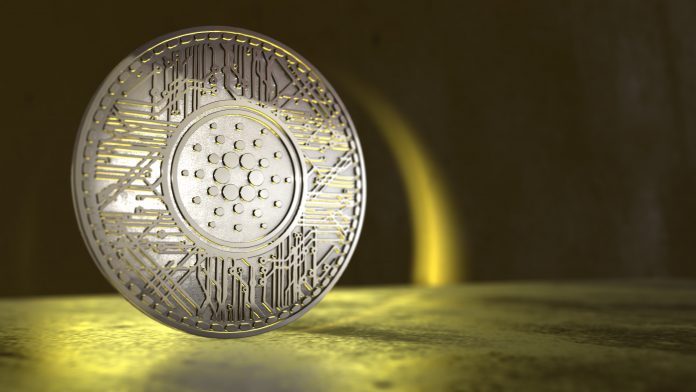Cardano is known for a number of reasons. It is this particular way of working that has allowed the team to remain very focused and to now generate the “Shelley Project“.
First of all, it is the first peer-blockchain created by a group of scientists.
Meaning that it proceeds in its project through periodic (and strict) “academic” reviews and has the habit of providing very precise feedback on the progress of work.
The Shelly Project, which follows on from the Byron Project, aims to focus on what can be considered the essential elements of a blockchain, especially when linked to a payment token.
In the words of its developers, posted on the official website, a series of updates will be implemented over time with the Shelly project, which will concern:
- the creation of paper wallets and cold storage wallets connected to special hardware. Then the introduction of multisig wallets, able to allow a shared management of tokens;
- the definition of an internal voting system, which will only be partially decentralised. For now, it will still be up to the core team to decide on the proposals;
- decentralisation will be carried out through an improvement of the networking structure. With Shelley in the pipeline, Cardano will try to be a truly decentralised structure;
- remember that Cardano is designed to work with a mining PoS (Proof of Stake) based on the possession of tokens. Currently, there are three stakepools, three supernodes, managed without any profit. The Shelley project will make it possible for everyone to become stakepoolers and then to conduct mining directly or by proxy to third parties. Of course, the new infrastructure will have to define the ways in which these delegations will have to be implemented.
- the incentive system, and therefore the remuneration system, will be granted to stakepools. But the Cardano team does not want to find itself in a situation like that of Bitcoin in which a few large pools control practically all the mining. It would, therefore, like to see a less centralised solution. To predict the effect of the incentives within Cardano’s environment, several simulations have already been carried out, using game theory to understand the results of the various choices.
Shelley will then be implemented step by step as the individual applications are implemented.
Changes to the base code will be implemented on a Testnet that will collect the reactions of users.
It will also be interesting to observe the spread of stakepools and their subsequent evolution.



